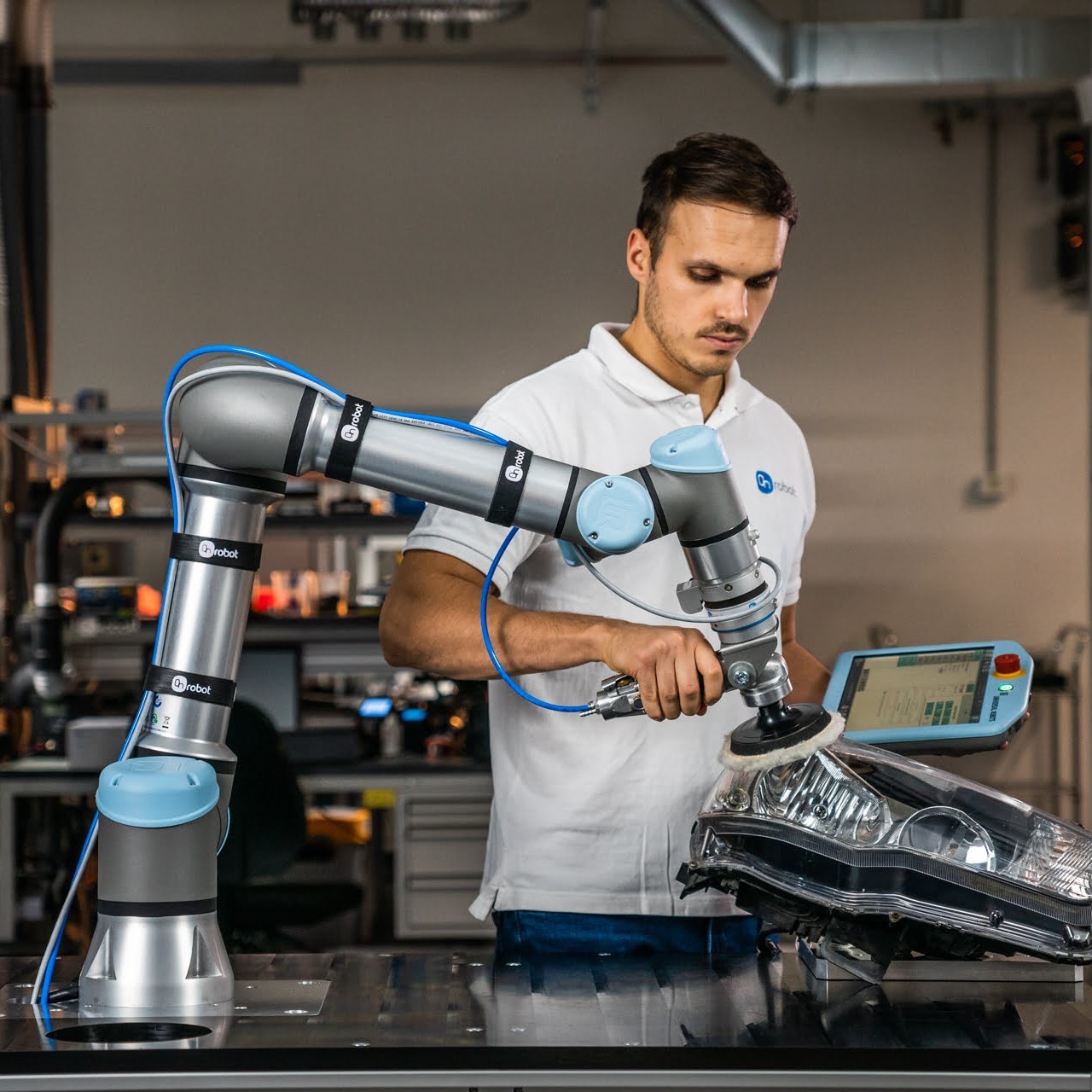The industrial landscape is in a constant state of evolution, with each new phase of development bringing fresh innovations and challenges. The arrival of Industry 5.0, also known as "Human-Centric Industry," is no exception. This era marks a fundamental shift in the way we approach manufacturing and automation, placing a strong emphasis on the symbiotic relationship between humans and robots. In this blog, we'll explore the increased use of robots, particularly collaborative robots or Co-Bots, in Industry 5.0 and the transformative potential they bring to the industrial world. Understanding Industry 5.0 Before we delve into the world of Co-Bots, let's understand what Industry 5.0 is all about. Industry 5.0 builds upon the foundations of its predecessors (Industry 4.0) and is characterized by a strong focus on human-machine collaboration. It seeks to merge the best of human skills and creativity with the precision and efficiency of advanced robotics and automation technologies.
The Role of Co-Bots Co-Bots, short for collaborative robots, play a pivotal role in Industry 5.0. Unlike traditional robots, Co-Bots are designed to work alongside humans, enhancing their productivity and efficiency. Here are some of the key reasons behind the increased use of Co-Bots in Industry 5.0:
Safety First: Co-Bots are engineered to be safe to work with, featuring sensors and advanced programming that enables them to detect and respond to human presence. This means that they can work alongside human workers without posing a safety risk.
Enhanced Productivity: Co-Bots are excellent at handling repetitive and physically demanding tasks. By taking over these roles, they free up human workers to focus on more complex and creative aspects of their jobs, ultimately leading to increased productivity.
Scalability: Co-Bots can be easily reprogrammed and redeployed for different tasks. This scalability ensures that industries can adapt to changing demands quickly and efficiently.
Quality Assurance: Co-Bots can be programmed to perform tasks with extreme precision, reducing the margin for error and ensuring consistently high-quality products.
Ergonomics: Collaborative robots can perform tasks in ergonomically challenging environments, reducing the risk of injury and fatigue for human workers.

Real-Life Applications
The applications of Co-Bots in Industry 5.0 are vast and diverse. Here are a few examples:
Healthcare: In the healthcare sector, Co-Bots assist with tasks such as moving and transporting patients, sterilizing environments, and even conducting telemedicine consultations.
Manufacturing: Co-Bots are used on assembly lines for tasks like pick-and-place, packaging, and quality control. They work seamlessly alongside human workers to boost production efficiency.
Agriculture: Co-Bots are utilized in precision agriculture for tasks like planting, weeding, and harvesting crops, which ultimately increase agricultural productivity.
Logistics: In warehouses, Co-Bots help with order fulfillment, sorting, and inventory management, streamlining the entire supply chain.
Challenges and Considerations
Despite the many advantages of Co-Bots, there are challenges to be addressed:
Cost: Acquiring and implementing Co-Bots can be expensive, which may deter smaller businesses from adopting this technology.
Skill Gap: Industries will need a workforce with the skills to program and maintain Co-Bots, which will require investments in training and education.
Ethical Concerns: The integration of robots into the workforce raises ethical questions about job displacement and the impact on human workers.
Conclusion
The increased use of Co-Bots in Industry 5.0 represents a transformative shift in the industrial landscape. These collaborative robots offer the potential for increased productivity, enhanced safety, and a more balanced and efficient workforce. While there are challenges to overcome, the benefits of human-robot collaboration are clear. As we move further into the age of Industry 5.0, it's essential for businesses to embrace the potential of Co-Bots to remain competitive and adaptive in this ever-evolving industrial ecosystem.